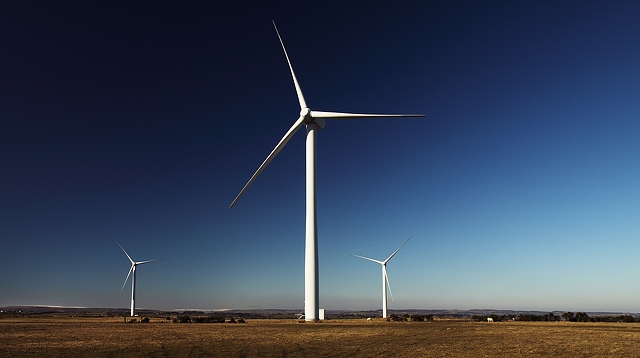Making the Faroe Islands the World’s greenest group of islands
30-03-2017

The Faroe Islands have a political goal to cut the consumption of oil for heating in half by 2025 and become completely independent of fossil fuel for power production in 2030. A Faroese and Danish working group has calculated the ways to achieve these goals. The group has also made suggestions as to how the islands can avoid imports of fossil fuels for energy consumption as early as 2030 by focusing on wind power, wind turbines, solar power stations, tide plants, batteries, and pump systems.
According to Director of research and technology Jørgen S. Christensen from Danish Energy Association, there are no technical obstacles in the way of the Faroe Islands becoming independent of fossil fuel by 2030 – and, by extension, becoming the world’s greenest group of islands.
Heat pumps and electric cars
The Faroe Islands have an electricity consumption of approximately 315,000 MWh per year and, according to one of the minimum-scenarios, this figure will reach 410,000 MWh in 2025 if part of heat consumption and cars run on electricity. The scenario is based on the government platform from 2015 according to which half of heat consumption has to be electrified by utilising heat pumps and approximately 3,400 electric cars by the end of 2025.
In the maximum-scenarios, electricity consumption may reach 575,000 MWh in 2030 as the Faroese community phases out diesel power stations and petrol- and diesel-driven vehicles. The maximum-scenarios stem from optimistic predictions with 100 percent electrification of heat and a complex electric car park of approximately 25,500 electric cars in 2030.
The increased electricity consumption can be covered by a mix of different renewable energy sources. A possible combination could be to stake on expanding the wind turbine capacity from 18.6 MW to 72 MW in 2030 and supplement with two production methods that are new to the Faroe Islands: gradual expansion of solar parks with a total capacity of 30 MW and a tide plant with a capacity of up to 60 MW.
Balancing the grid
With more wind turbines, waterpower and solar cells, a significant share of the electricity production will depend on whether conditions, seasons, and the specific hours during day and night. In a grid, you have to balance production and consumption on a second-to-second, hour-to-hour and day-to-day basis. In order to level the variations out, a flexible electricity consumption and storage of energy are a necessity.



 EUR 4.2718 zł
EUR 4.2718 zł USD 4.1512 zł
USD 4.1512 zł DKK 0.5727 zł
DKK 0.5727 zł SEK 0.3726 zł
SEK 0.3726 zł NOK 0.3644 zł
NOK 0.3644 zł